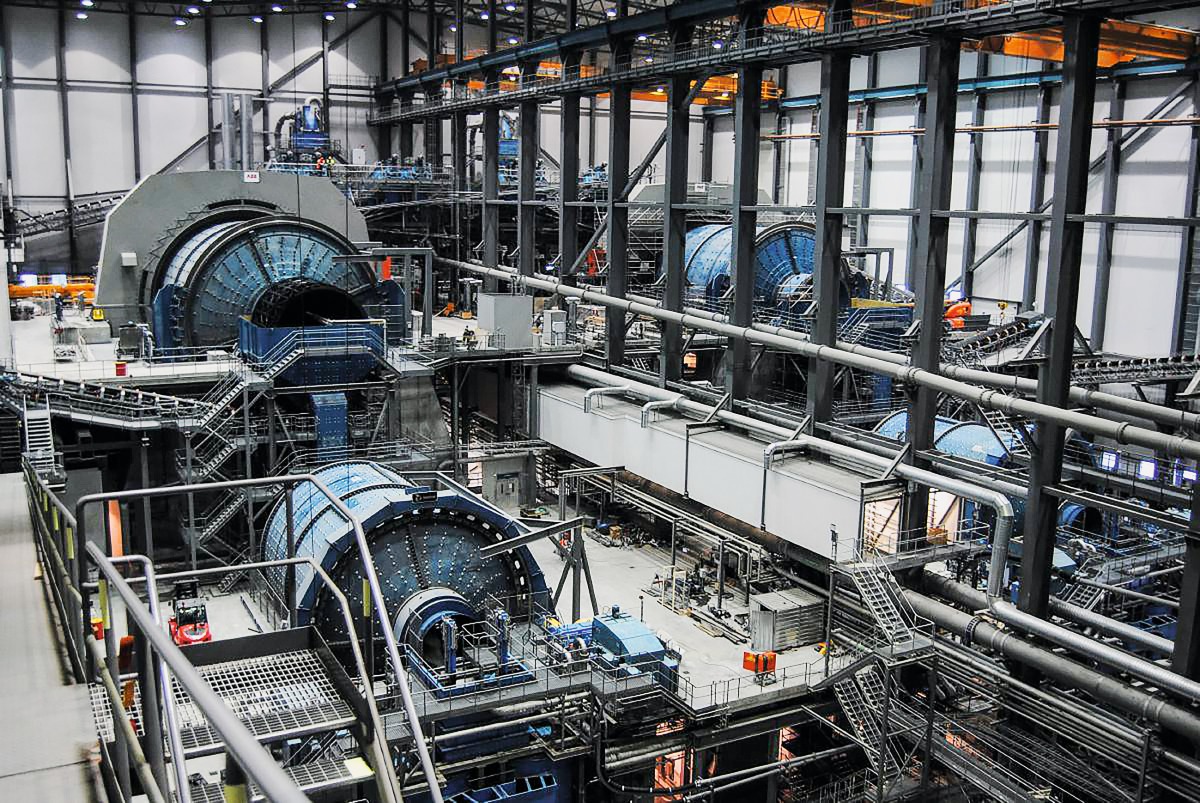Mineral processing refers to the physical and mechanical separation of ore from gangue minerals or any other harmful materials. This process can be achieved by a variety of methods, but all involve several important steps. The initial step is physically breaking massive rocks in order to turn into smaller pieces which are simpler to work with. Another method used to separate the minerals is by grinding the rocks into smaller pieces. The following step of the mineral processing process is usually carried out with the addition of water to form an slurry that separates precious minerals from the garbage. The final step is dry and remove the precious minerals.
Mineral processing is accomplished with a wide range of machines, as well as also through hand-picking. The process of extracting the ore from earth is only one step. The next step is to need to find a way to extract the minerals as well as other components that make up the metal.
Some typical equipment used in mineral processing facilities include the following: jigs and concentrators cells and autogenous (AG) mills trommels, ball mills, trommels, shaker tables magnetic separation equipment and gravity extraction techniques.
The production of many elements which include copper, gold and nickel, is dependent on the mineral processing. Mineral processing, while it might seem complicated at firstglance, is really a straightforward process of extraction of valuable minerals and the addition of simple chemicals to remove them.

Some ground rules for successful mineral processing:
The ore should be free of waste materials, such as gangue. The material must be dry and free of sulfides and soluble salts. It should be of good form or be easily broken into pieces small enough allow treatment.
Acceptable ore should contain fewer Sulfides and salts that are soluble than other forms. These are the most challenging forms of salt and sulfur which can cause issues when processing. It must be big and round in shape so it is able to be reduced into smaller pieces through cutting or grinding machines.
Comminution involves breaking down ore into smaller pieces. The finer the comminution, the larger the area the mineral will be exposed to reagents which can facilitate more efficient processing. The size of the particles is determined by the equipment used to process minerals, it usually varies from 5 millimeters to 0.074 millimeters in diameter for particles that pass through a round-hole sieve. However, it can go up to several decimeters in the event that only the larger percentages are important.
The machines that grind or break rock into smaller pieces comprise crushers and mills. Crushers are employed to reduce the massive amount of ore into smaller pieces. There are many types of crushers such as impact crushers and compression crushers that use high-speed steel teeth to break ore by compressing it. This process is often performed in stages, with the size of particular mineral fractions decreasing gradually.
Mills make pulp from ore by grinding the ore between two surfaces, which rotate at different speeds. Because manganese steel is much more durable over other alloying elements, the surfaces are typically coated with manganese-based liners. Manganese steel liners are more difficult to replace or repair when they wear out.
Another step in mineral processing involves separating the precious minerals from garbage. Two popular methods of separation are magnetic separation and density.
Magnetic separation employs magnets to separate minerals and the gangue material. Trommels, drum separators and pulsed field separators are the main equipment used to separate magnetic materials. They are utilized to separate valuable minerals based on their density, shape and magnetic characteristics. The choice of method depends upon a number of variables, including the type of rock (i.e. pure sulfides or clean) and the size of the equipment and the characteristics of the ore (i.e. either easy or difficult crushing) and the magnets’ presence or absence in ore streams or waste streams, and the level of diluting.
For more information, click toll milling service
